Typhoon Haima Leaves at Least 7 Dead in Northern Philippines
Thu 20 Oct 2016, 15:43:19
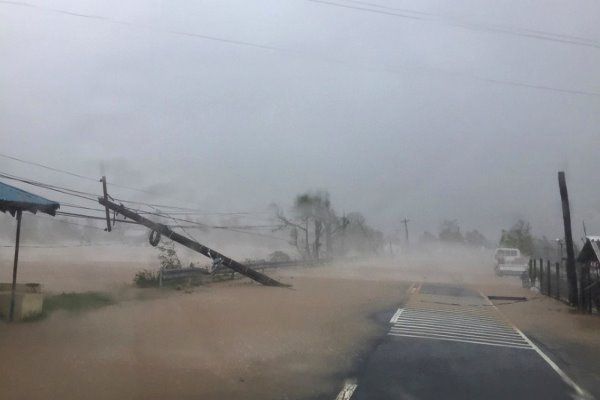
Super Typhoon Haima weakened and blew out to sea Thursday after smashing the northern Philippines with ferocious wind and rain overnight. Flooding, landslides and power outages were evident, but large casualties appeared to have been averted after nearly 100,000 people fled to safer ground.
Although storms are a part of life in the country's north, many villagers were still horrified by Haima's fury.
"In my age, I'm 60 years old, this is the strongest typhoon I have ever seen," village councilor Willie Cabalteja told The Associated Press in Vigan city in Ilocos Sur province. "We haven't slept. Trees were forced down, houses lost their roofs and fences and metal sheets were flying around all night."
At least seven people were killed in the storm, officials said. But the evacuations from high-risk communities helped prevent a larger number of casualties.
Two construction workers died when a landslide buried their shanty in La Trinidad town in the mountain province of Benguet, officials said, while two villagers perished in another landslide and another was swept away in a river and remains missing in Ifugao province, near Benguet. A 70-year-old man died apparently of a heart attack in an emergency shelter while another man died after being pinned by a fallen tree in Isabela province. One other typhoon-related death was reported in
class="GINGER_SOFTWARE_mark">northern Ilocos region but
class="GINGER_SOFTWARE_mark">northern Ilocos region but
Haima, with sustained winds of 225 kilometers (140 miles) per hour, hit northeastern Cagayan province late Wednesday then barreled northwestward before blowing out into the South China Sea with sustained winds of 150 kilometers (93 miles) per hour and gusts of up to 185 kph (115 mph), according to forecasters.
Although weakening, the typhoon was expected to blow toward China, Filipino forecasters said.
After dawn, the extent of damage in Cagayan — about 500 kilometers (310 miles) north of Manila — and nearby regions became evident, with overturned vans, toppled or leaning electric posts and debris blocking roads. Most stores, their window panes shattered and canopies shredded by the wind, were close.
In northern Ilocos Sur province , ricefields resembled brown lakes under waist-high floodwaters, although cleanup operations had started.
"Search, rescue and retrieval operations are ongoing," Office of Civil Defense administrator Ricardo Jalad said in a statement.
The region is still recovering from a typhoon last weekend that killed two people and displaced tens of thousands of villagers.
President Rodrigo Duterte, on a state visit to China, urged people to heed orders by disaster agencies. Duterte is to fly home Friday.
About 20 typhoons and storms lash the Philippines each year, adding to the burdens in a country also at risk of earthquakes and volcanic eruptions.
No Comments For This Post, Be first to write a Comment.
Most viewed from International
Most viewed from World
AIMIM News
Latest Urdu News
Most Viewed
May 26, 2020
Which Cricket team will win the IPL 2025 trophy?
Latest Videos View All
Like Us
Home
About Us
Advertise With Us
All Polls
Epaper Archives
Privacy Policy
Contact Us
Download Etemaad App
© 2025 Etemaad Daily News, All Rights Reserved.





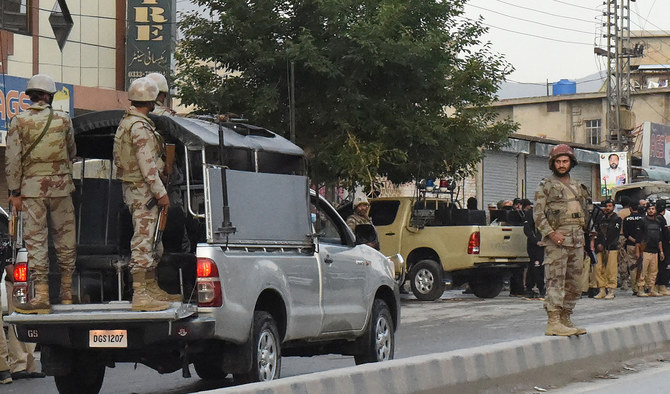


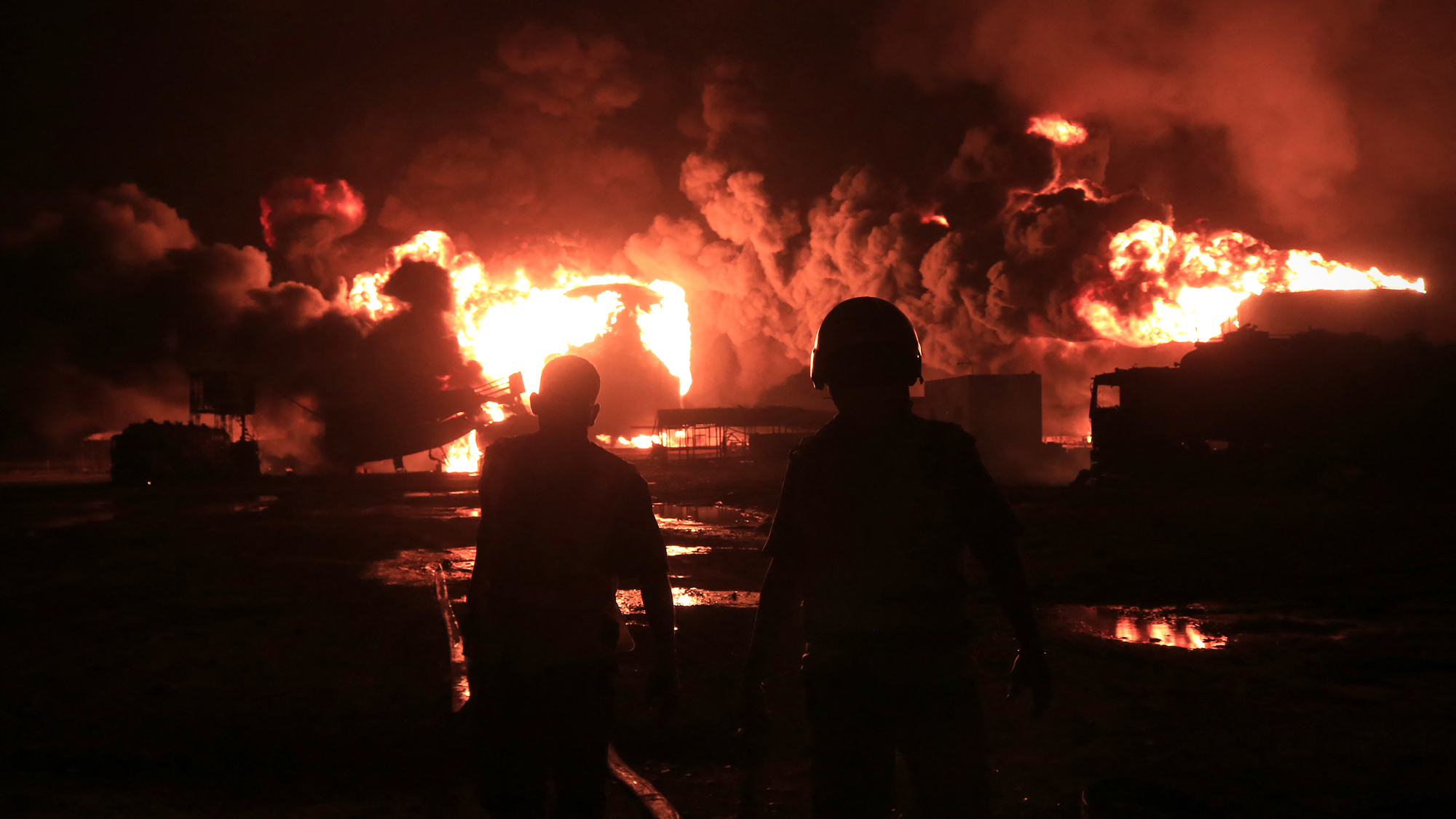

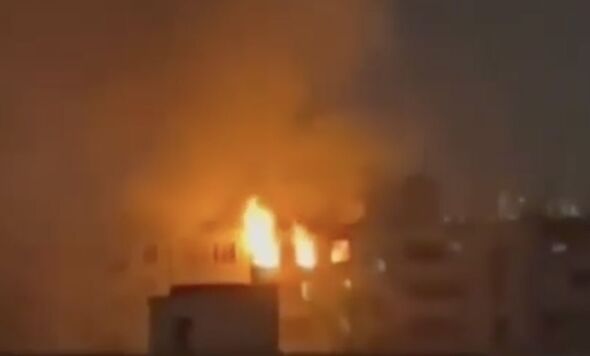


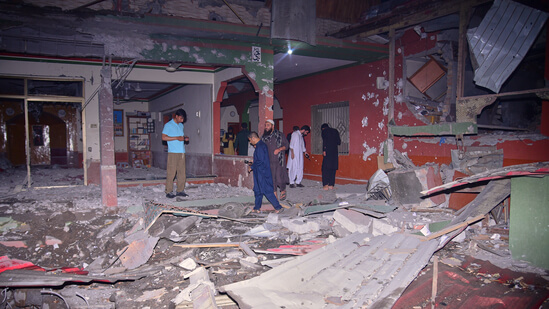





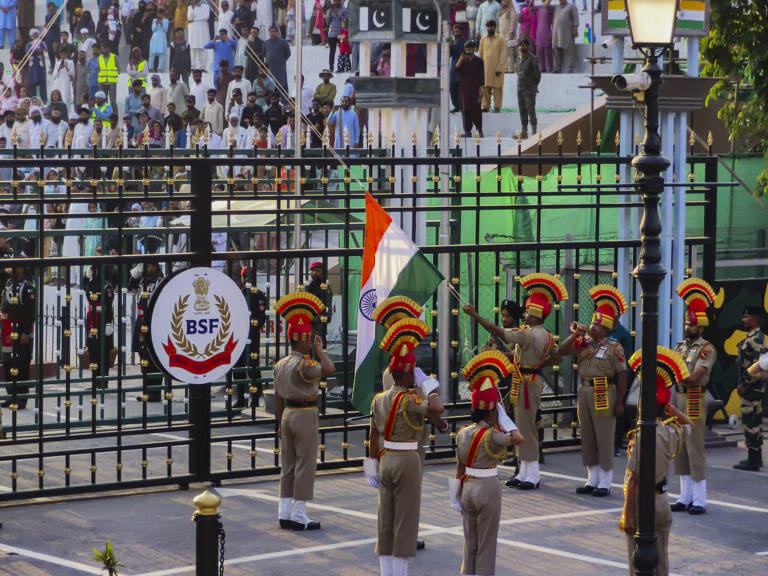

















.jpg)




